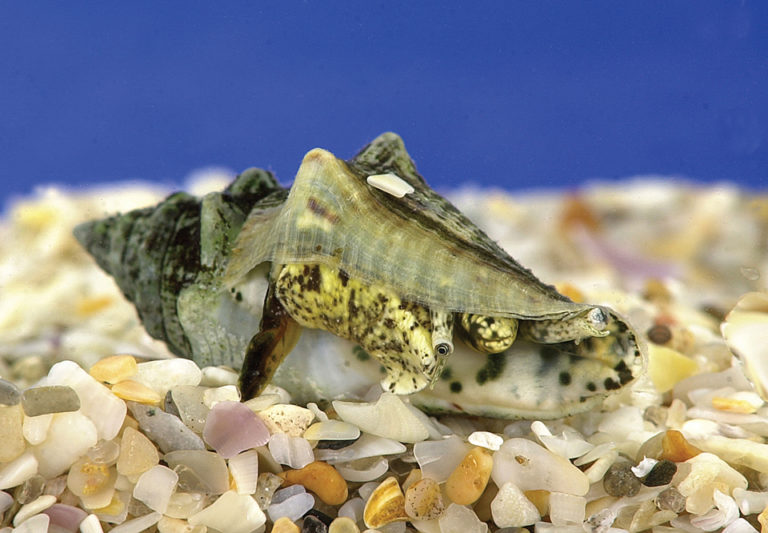
Health & Welfare
Artificial diets for juvenile queen conch
Researchers found juvenile queen conch fed diets containing added macroalgae had higher survival than a control given catfish feed only.
Health & Welfare
The establishment of land-based recirculating systems for cobia could expand production of the species. The authors, who demonstrated cobia are well suited for culture in tanks, conducted a study to compare the performance of cobia reared at different densities.

Health & Welfare
Researchers found juvenile queen conch fed diets containing added macroalgae had higher survival than a control given catfish feed only.
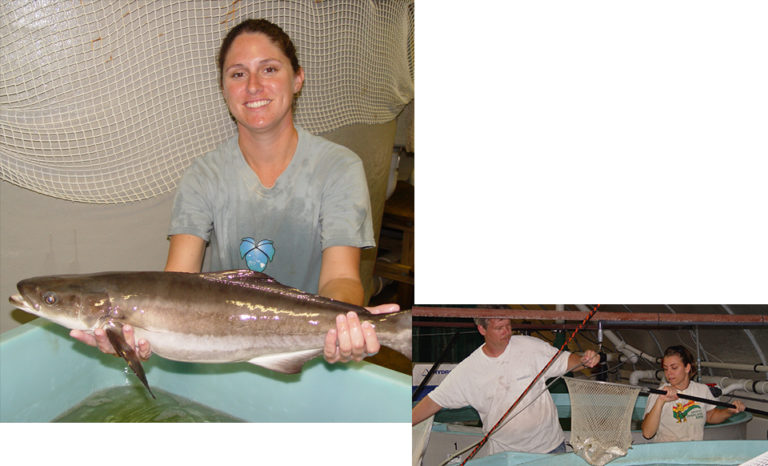
Health & Welfare
Collaborative research in Florida is developing technologies for rearing marine fish in low-cost, low-salinity recirculating systems. Spawning and larval production studies have led to the mass production of juveniles.
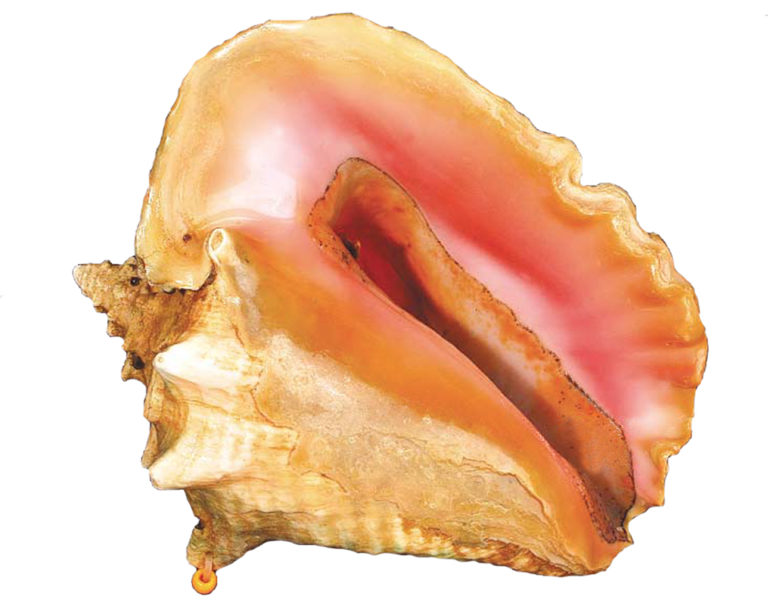
Intelligence
While queen conchs have supported ocean fisheries for centuries, declining populations and catches have prompted management measures and aquaculture development.
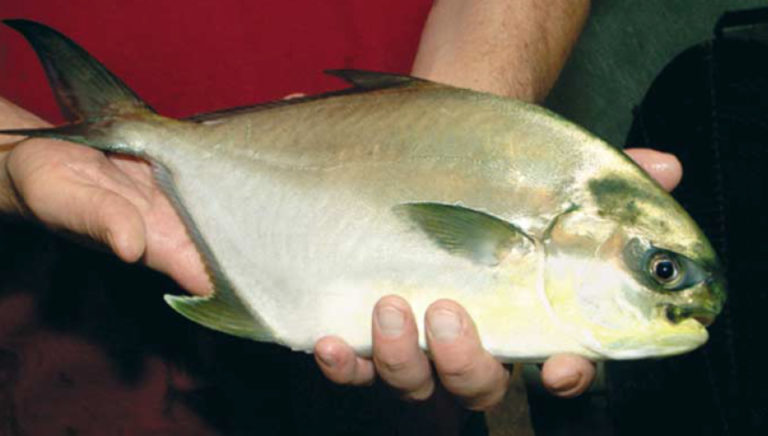
Health & Welfare
U.S. trials indicated wild-caught pampano could be feed trained and spawned in captivity via hormonal induction. Observations of fecundity, egg fertilization rates, and spawning frequency suggested that quantities of pompano seedstock could be produced over time. Although survival during test larviculture was low, the trials showed pompano larvae can be reared following standard commercial practices.
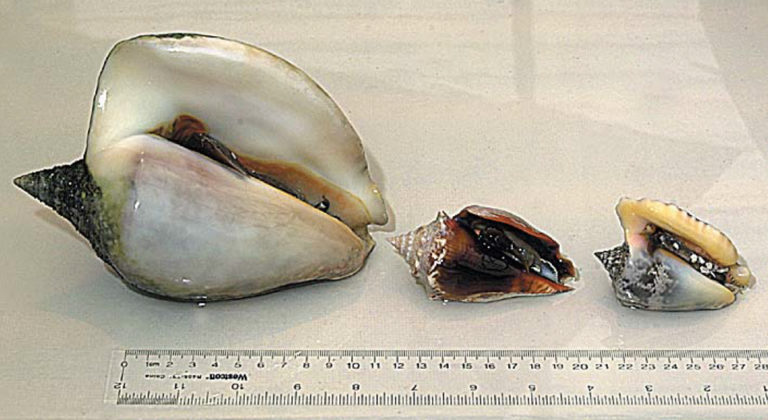
Responsibility
The queen conch (Strombus gigas) is a large marine gastropod that has supported subsistence and commercial fisheries in these areas for centuries.